In the dynamic landscape of modern business, the role of a strategic department leader has evolved beyond traditional boundaries. As organizations strive for excellence and sustainable growth, the demand for professionals skilled in Human Resources (HR), Quality Management, and Project Management has surged. This article explores why an individual proficient in these three critical domains can effectively steer a strategic department towards success, drawing insights from real-world examples.
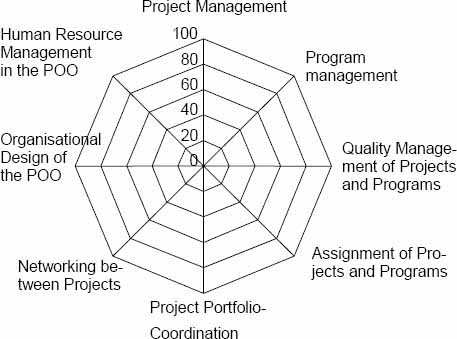
POO- Project Oriented Organization
1. Understanding the Human Element:
A strategic leader needs to comprehend the intricacies of the human element within an organization. A background in HR equips a leader with the ability to understand employee needs, foster a positive work culture, and align the workforce with the overarching goals of the company.
Real Example: Consider the case of Google, where Laszlo Bock, the former Senior Vice President of People Operations, played a pivotal role in shaping Google’s unique work culture. His expertise in HR strategies contributed significantly to Google being recognized as one of the best places to work globally. Bock’s emphasis on transparency, employee development, and innovative recruitment practices not only attracted top talent but also ensured a motivated and engaged workforce.
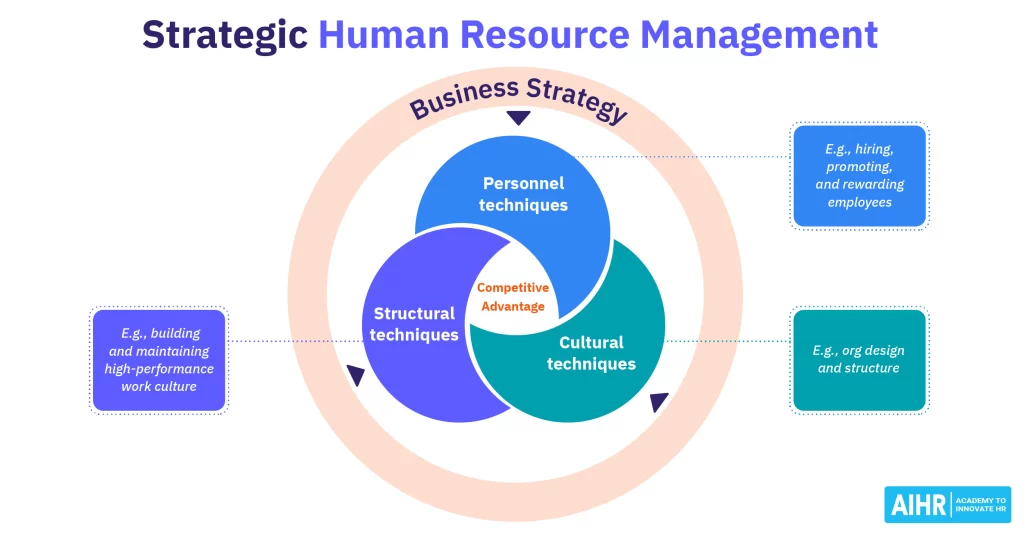
2. Quality Management for Operational Excellence:
Quality management is the backbone of operational efficiency and customer satisfaction. A leader well-versed in quality management principles can ensure that processes are streamlined, products and services meet high standards, and customer expectations are consistently exceeded.
Real Example: Japanese automaker Toyota is renowned for its commitment to quality. Taiichi Ohno, the father of the Toyota Production System, integrated quality management principles into every aspect of the company’s operations. This holistic approach not only improved product quality but also optimized processes, making Toyota a leader in the automotive industry. The implementation of Lean principles, continuous improvement, and a relentless focus on customer value are hallmarks of Toyota’s success in quality management.
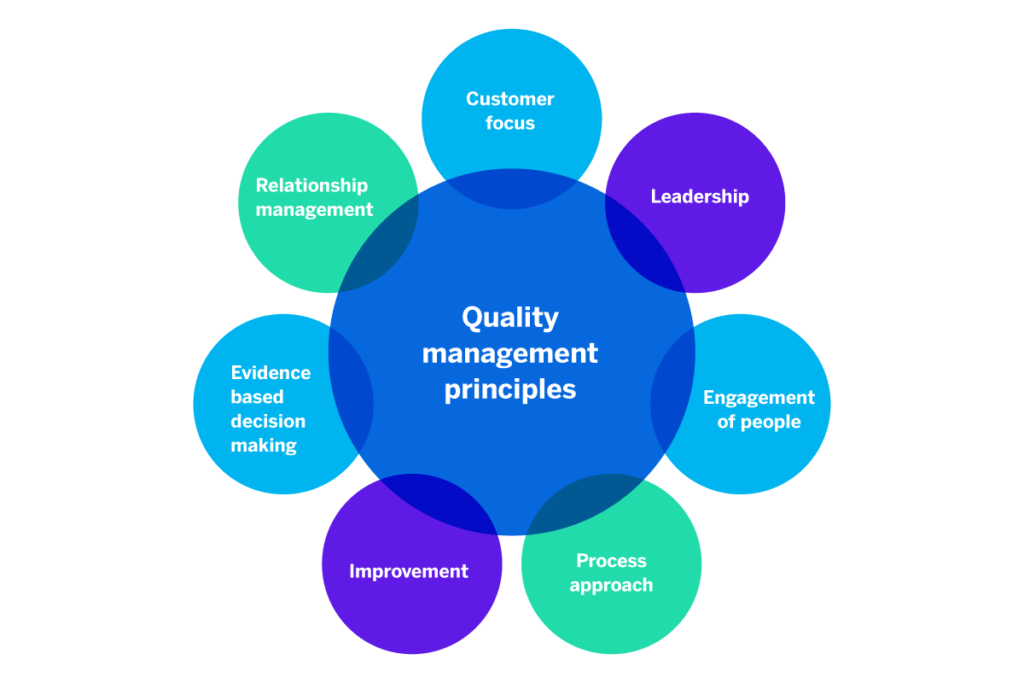
3. Project Management: Driving Results and Achieving Milestones:
Effective project management is crucial for implementing strategic initiatives, ensuring they are completed on time and within budget. A leader with strong project management skills can navigate complexities, allocate resources efficiently, and mitigate risks, thus bringing strategic plans to fruition.
Real Example: Elon Musk, the CEO of SpaceX and Tesla, is known for his hands-on approach to project management. His ability to oversee intricate projects, such as the development of the Falcon 9 rocket or the construction of the Gigafactories, showcases the importance of project management in turning visionary ideas into tangible successes. Musk’s emphasis on setting clear goals, maintaining flexibility, and fostering a culture of innovation has been instrumental in achieving milestones that were once deemed impossible.
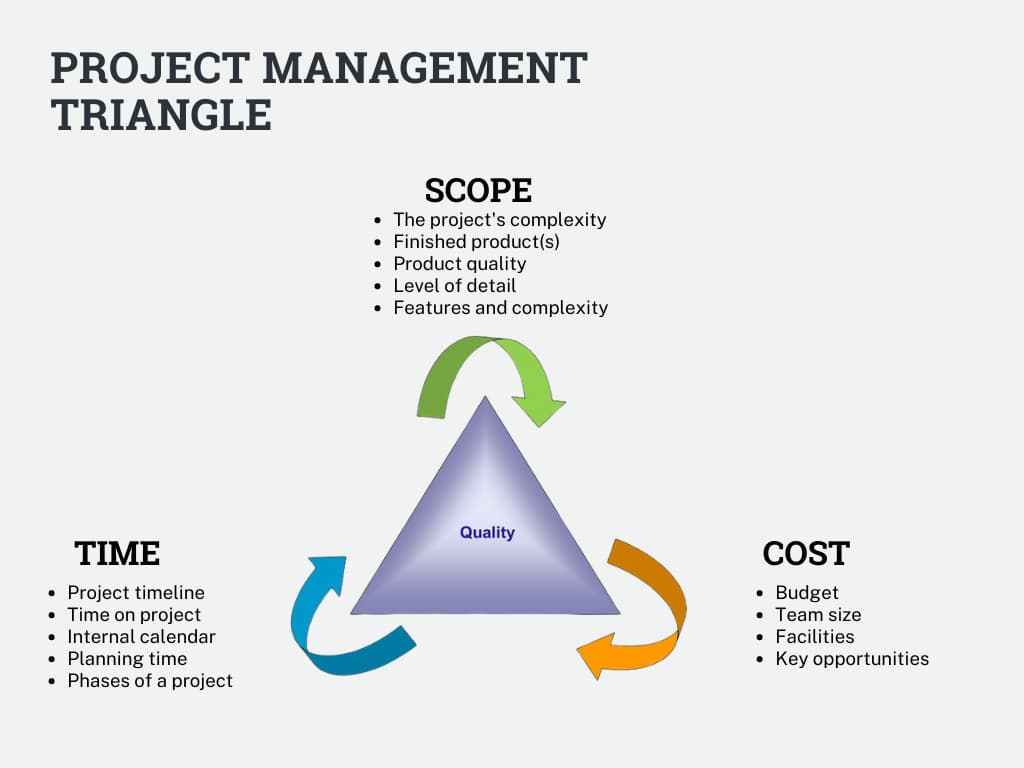
4. The Intersection of HR, Quality, and Project Management:
The confluence of HR, Quality, and Project Management skills creates a leader with a comprehensive toolkit to address challenges in a holistic manner. For instance, when embarking on a strategic initiative, the leader can ensure that the human capital is aligned with the project’s goals, quality standards are maintained throughout the process, and project timelines are met.
Real Example: Apple Inc., under the leadership of Steve Jobs, exemplifies the integration of these skills. Jobs possessed a deep understanding of design principles (quality), a keen eye for talent acquisition and team building (HR), and an unparalleled ability to drive innovation and product development (project management). The success of iconic products like the iPhone and iPad is a testament to the synergy of these skills. By fostering a culture of collaboration, promoting creativity, and aligning the workforce with the company’s vision, Apple continues to set industry standards.
5. Adaptability and Change Management:
In the ever-evolving business landscape, adaptability and change management are critical. A strategic leader must be equipped to navigate organizational changes, technological advancements, and shifting market dynamics.
Real Example: Satya Nadella, the CEO of Microsoft, successfully led the company through a transformative phase. His background in electrical engineering, coupled with his expertise in HR strategies, enabled him to manage the cultural shift at Microsoft and refocus the company towards cloud computing and innovation. Nadella’s emphasis on empathy, continuous learning, and fostering a growth mindset has not only transformed Microsoft’s corporate culture but has also positioned the company as a leader in the rapidly evolving tech industry.

6. Employee Engagement and Productivity:
Employee engagement is a cornerstone of organizational success. A leader skilled in HR can foster an environment where employees are motivated, engaged, and feel a sense of purpose, ultimately driving productivity and contributing to the achievement of strategic objectives.
Real Example: Adobe, under the leadership of Shantanu Narayen, implemented a unique approach to employee engagement. By encouraging creativity, providing growth opportunities, and fostering a culture of innovation, Adobe was able to enhance employee satisfaction, leading to increased productivity and the successful execution of strategic plans. Narayen’s emphasis on employee well-being, diversity, and inclusion has not only positively impacted the company’s internal dynamics but has also contributed to Adobe’s position as a leader in creative software solutions.
7. Risk Management and Compliance:
Mitigating risks and ensuring compliance with regulatory standards are paramount in today’s business environment. A leader with expertise in quality management can establish robust processes to identify and manage risks, while a background in HR can aid in ensuring compliance with labor laws and ethical standards.
Real Example: Johnson & Johnson faced a major crisis in 1982 when seven people died after consuming cyanide-laced Tylenol capsules. James Burke, the CEO at the time, demonstrated exemplary crisis management skills. By recalling all Tylenol products, redesigning packaging, and implementing tamper-evident seals, he not only mitigated the crisis but also set new industry standards for product safety and quality. Burke’s commitment to transparency, swift action, and ethical business practices not only restored consumer trust but also positioned Johnson & Johnson as a model for crisis management and corporate responsibility.
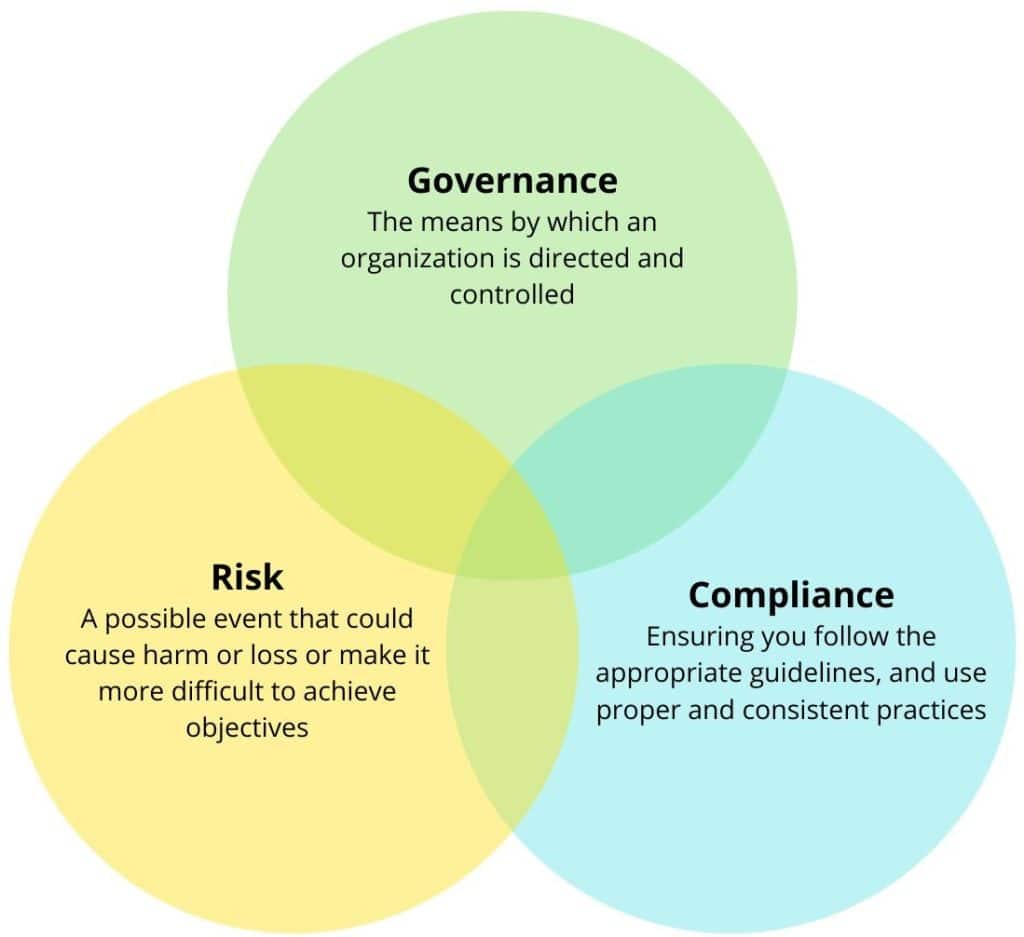
Conclusion:
In conclusion, the integration of HR, Quality, and Project Management skills creates a strategic leader equipped to navigate the complexities of the modern business landscape. Real-world examples from companies like Google, Toyota, Apple, Microsoft, and Adobe highlight the impact of leaders who possess a multifaceted skill set. As organizations strive for excellence and sustainable growth, the role of a strategic department leader with a diverse skill set becomes increasingly indispensable in driving success. The ability to understand the human element, maintain quality standards, drive project success, navigate change, engage employees, and manage risks collectively positions these leaders as architects of enduring success in the business world.











